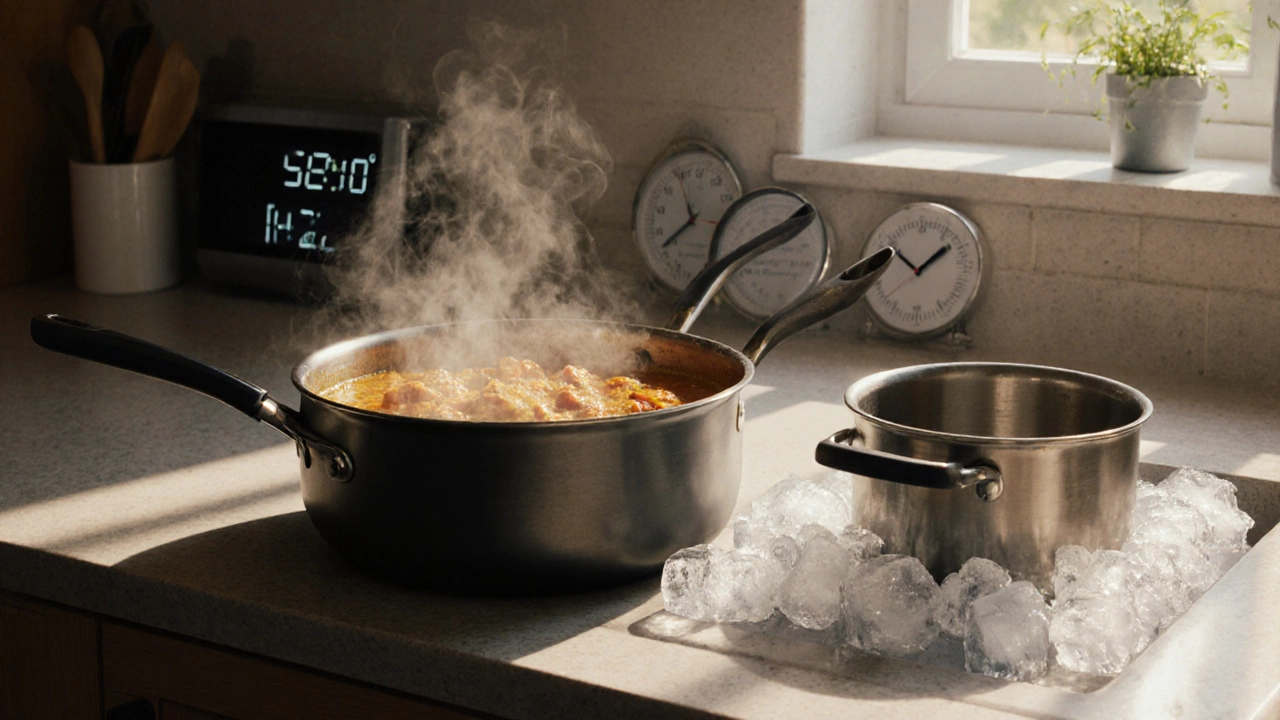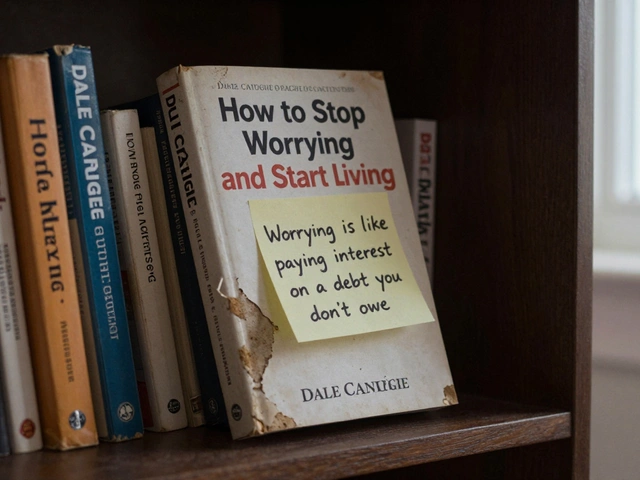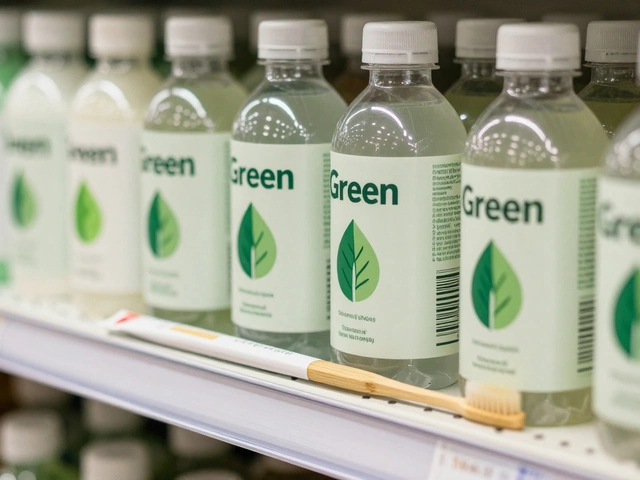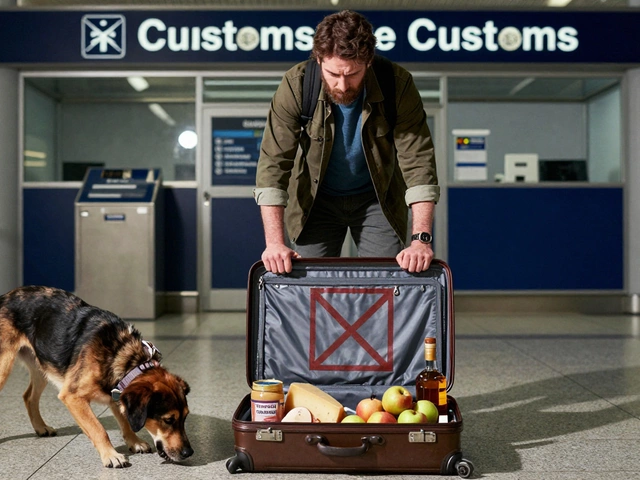Temperature Danger Zone: What It Is and Why It Matters for Food Safety
When food sits in the temperature danger zone, the range between 40°F and 140°F where harmful bacteria multiply fastest. Also known as the danger zone, it’s the silent killer in kitchens, picnics, and takeout containers. This isn’t just a rule from a textbook—it’s the line between a safe meal and a hospital visit.
Every year, millions get sick from foodborne illness, and most of it comes from food left too long in this range. Bacteria like Salmonella, E. coli, and Listeria don’t need much: just two hours in the danger zone, and they can double in number every 20 minutes. If the room’s hot—say, above 90°F—that window shrinks to just one hour. That’s why leaving chicken on the counter for an hour after cooking isn’t just sloppy, it’s risky. The same goes for potato salad at a backyard BBQ or leftover pasta sitting out while you watch TV.
This isn’t just about refrigerators and ovens. It’s about how you handle food from the moment you bring it home. Cooling soup too slowly? That’s a problem. Keeping hot food in a slow cooker on warm instead of high? That’s a problem. Thawing meat on the counter? That’s a problem. The bacterial growth, the rapid multiplication of harmful microorganisms in food under unsafe conditions doesn’t care if you’re busy, tired, or think "it’ll be fine." It only cares about time and temperature.
And it’s not just about cooking. The safe food storage, keeping perishable items at temperatures that prevent bacterial growth matters just as much. Your fridge should be at or below 40°F. Your freezer? Below 0°F. If your fridge runs warmer, you’re playing Russian roulette with leftovers. And don’t rely on smell or appearance—spoiled food doesn’t always look or smell bad. The danger zone doesn’t leave clues. It leaves symptoms: vomiting, diarrhea, fever, sometimes worse.
You don’t need fancy gear to beat this. A simple, cheap thermometer in your fridge and a timer on your phone can stop most risks. Cool leftovers fast—split big pots into smaller containers. Don’t pile hot food into the fridge; let it cool slightly first, but not for more than 20 minutes. Reheat food to at least 165°F. These aren’t tips from a food blogger. They’re the rules followed by health inspectors and restaurant kitchens because they work.
What you’ll find in the posts below are real, practical guides on how to handle food safely—from how to store leftovers without risking illness, to why your slow cooker settings matter, to how to tell if something’s gone bad before it’s too late. No fluff. No theory. Just what you need to keep your meals safe, your family healthy, and your fridge from becoming a breeding ground for trouble.
The danger zone for food prep is the temperature range where bacteria grow rapidly - between 5°C and 60°C. Learn how to keep your meal prep safe, avoid food poisoning, and store leftovers properly.






